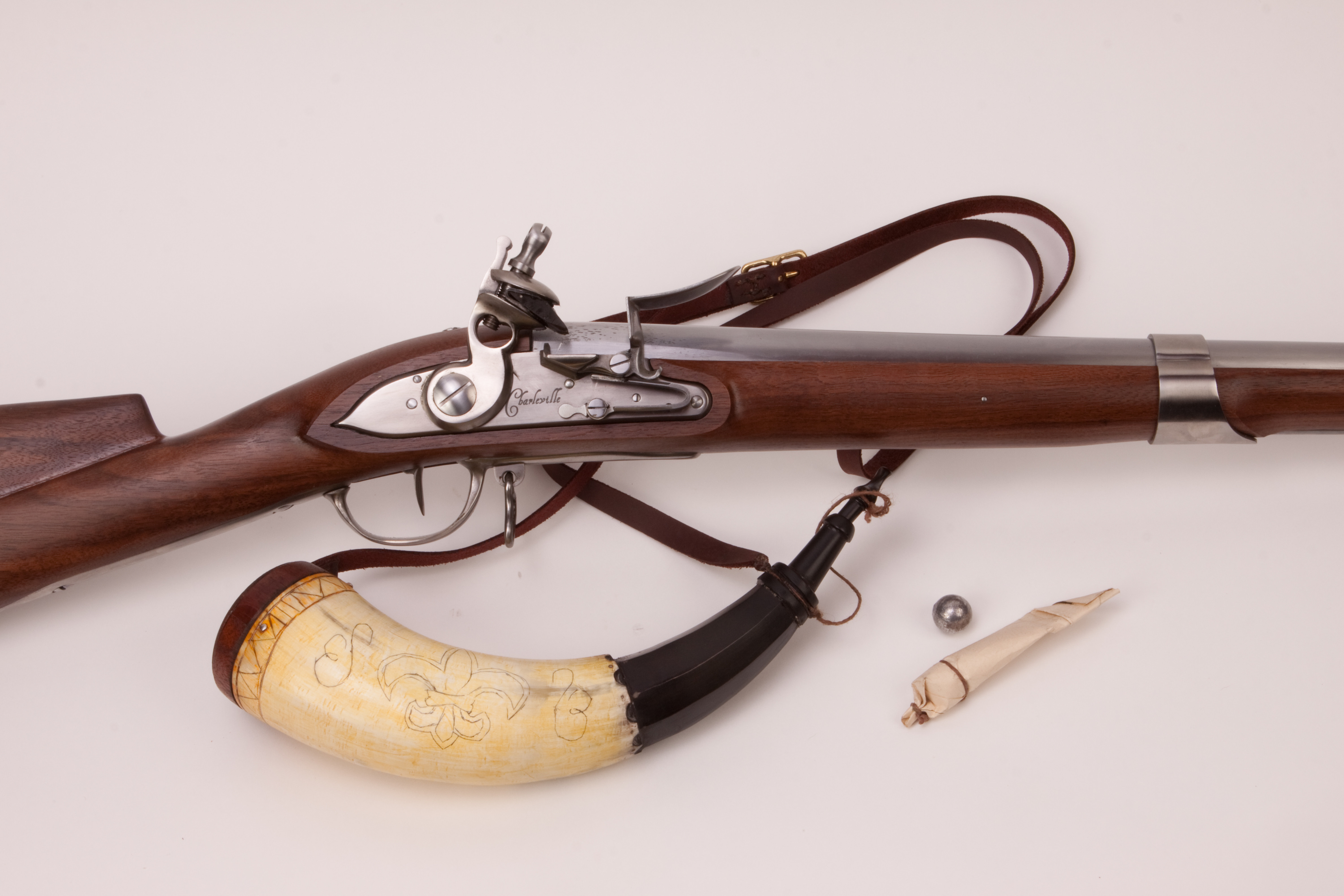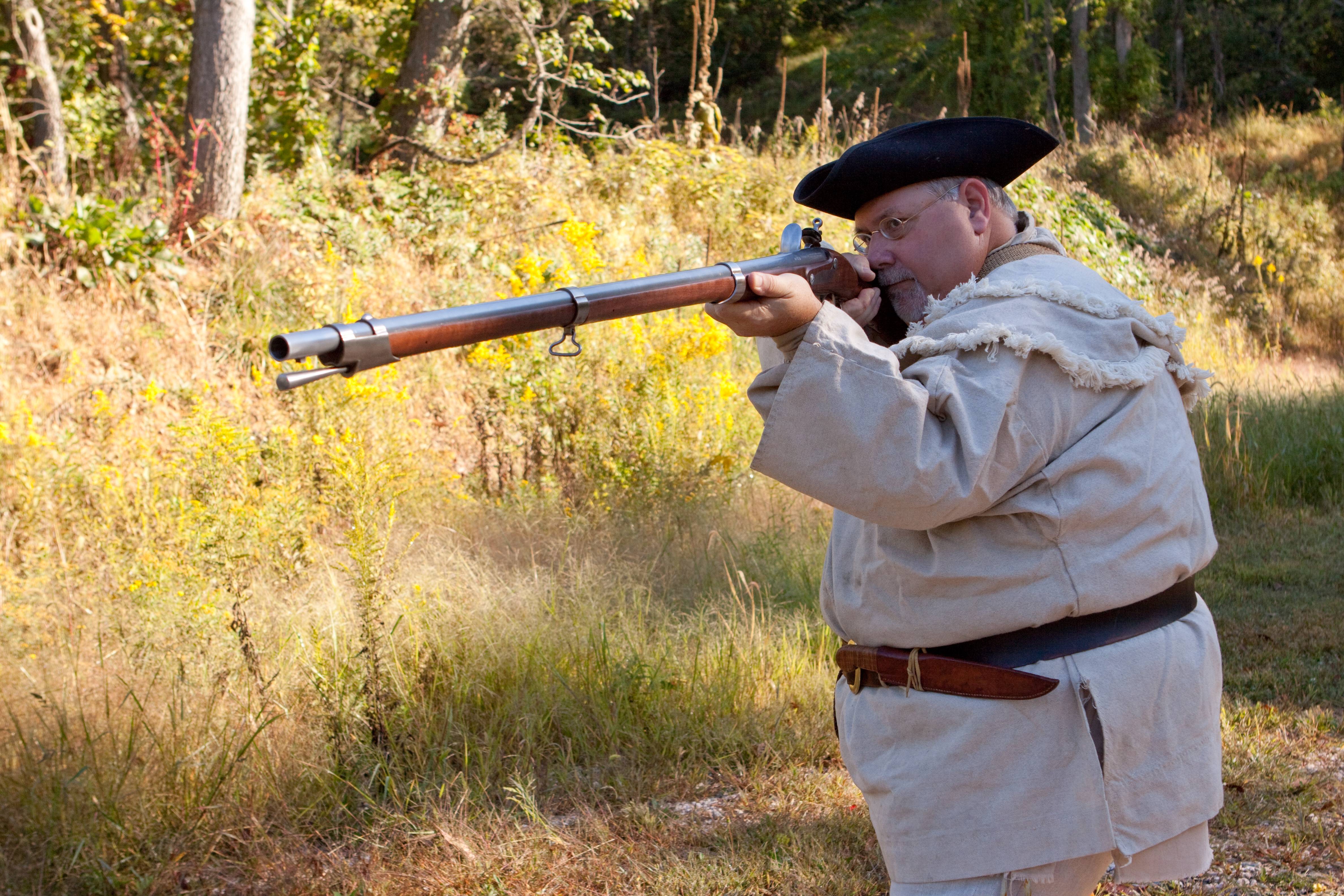duelist1954
40 Cal.
- Joined
- Jun 27, 2011
- Messages
- 430
- Reaction score
- 70
The French Charleville musket was the principle battle weapon of the Continental Army during the American War of Independence. This .69 caliber smooth bore influenced American military arms design for the next 50 years. And after the war many veterans brought their old service arm with them to settle the frontier. In this video I’ll shoot a replica of the model 1766 Charleville musket, as built by the Italian firm Pedersoli and imported into the United States by Taylor’s & Co. of Winchester, Virginia.
https://www.youtube.com/watch?v=wYu03XUbAyY


https://www.youtube.com/watch?v=wYu03XUbAyY


Last edited by a moderator:





